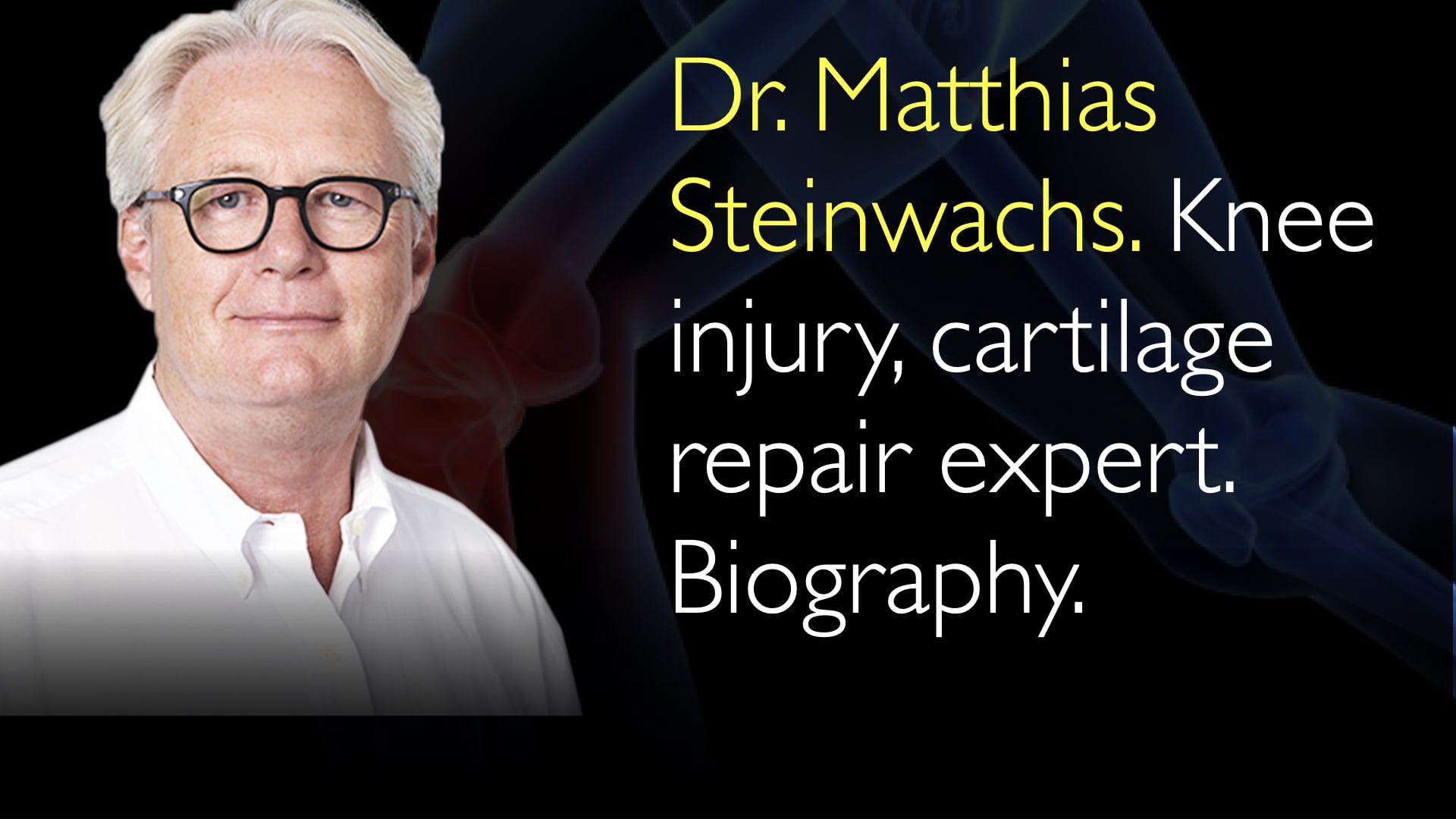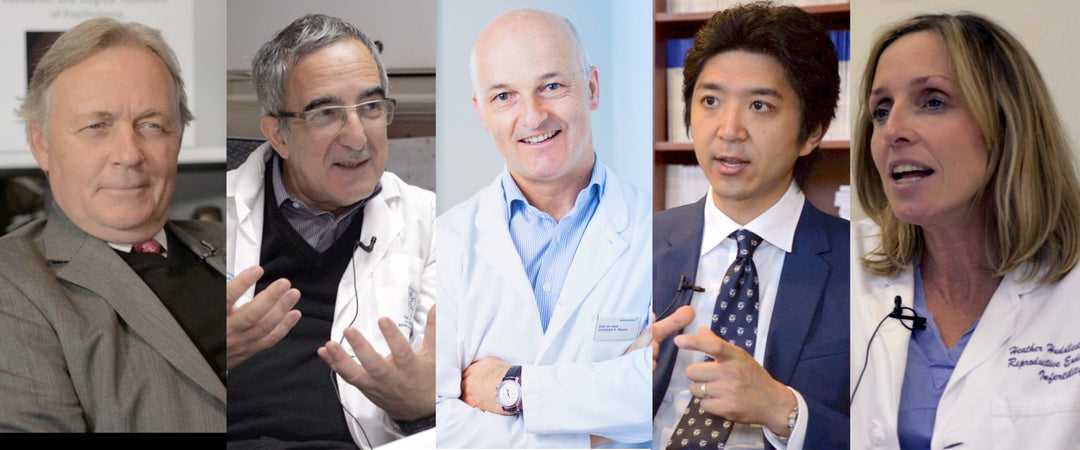What are new technologies and surgical treatment methods of knee ligament injury and meniscus injury that are changing clinical practice today? What are the new treatment methods that patients with knee injury should be aware of? The first point is, for example, is the ligament. So we learn that there is partially a biological background for conservative treatments, if there is not a complete knee ligament rupture, so mostly a partial knee ligament rupture. So the decision to work with the cartilage graft to insert into a damaged ligament is a more clinical decision. So clinically, what we’ll need is that we reconstruct a stable knee. Independent of what the MRI shows, if the damage is a little bit more or less. The key question if the knee is stable enough. So if it’s a stable knee, with some affection on the ligament, you do not touch that knee injury. In the situation that a patient has an unstable knee, and you have an athlete with a sports activity. Then you have to create a graft. You have to create a stable knee by inserting a new ligament. For that reason, at the end of your surgery, you’ll have, hopefully, a stable situation in the knee. For that reason, we can use a technique called the healing response. So this is an arthroscopic technique founded by Dr. Richard Steadman. So the idea is that treatment suits a partial ligament rupture, which is not completely unstable. But the ligament has a little bit more laxity, as it is healthy for the sport. In that situation, you can do something like a microfracture. So you do similar something as we do it. To accomplish that, we make some drill holes to recruit cells near to the insertion point of the ACL, for example. And the outrunning stem cells can partially reconstruct the damaged knee ligament. All collagen under that treatment has the biology that the collagen fibers are retracting during the healing phase. For that reason, with the techniques, there is a chance to give the elongated ligament a little bit more stability and protect it a little bit. So it can be good enough to have a stable situation after treatment. The other treatment we have on a ligament side is a technique where we re-fix the ligament at the insertion point with some sutures. We add a technique where a non-resorbable suture comes parallel to the protected sutured ACL. With that technique, we are restoring the initial ACL without using a graft for restoring the ligament. This technique is more common and based on some good clinical studies, which show us that mostly the patient comes back to a stable knee. So for that reason, this is a ligament protection treatment. In the situation that this is not working and the ligament is ruptured completely, with no chance for refixation, then you have to use the ligament graft. The grafts are quite different. In the history in the 60s and 70s, we used mostly as a patellar tendon called PTB technique (patellar tendon-bone). At the moment, we don’t use that because it creates a lot of damage to the kneecap. And we have we see a lot of people who have problems with patellar tendon and with patella itself. For that reason, in athletes I don’t use patellar tendon-bone anymore at the moment. So we use a quadriceps tendon. This is a high-quality tendon material which allowed a high load and is very stable. And the point is we see not symptoms in the area where we removed the graft. And for that reason, it is a very good technique for that. I mostly avoid a little bit to use hamstring techniques because the hamstring has an active part for sterilization of the TBI hat. If you remove that muscle and tendons, then this function is off. We see on some athletic analysis studies that up to 20% of the stabilization function can be off under that condition. Whenever possible, I avoid that directly in cases where I have athletes with high performance demand, which means football players and high-performing athletes. For the meniscus, the situation it’s quite difficult. So we have mostly is different parts of suturing. A good suture material and a good capacity to suture the meniscus is the main point to avoid the resection of the injured meniscus. So, if the damaged part of the meniscus is resected, and you have a missing area of the meniscus, in that situation, you have to reconstruct the meniscus. There are some implants available in the market called matrices or scaffolds. This is the idea that you can put the scaffold in the missing area from the meniscus, and the cells from the joint overgrow that scaffold and restore a so-called artificial cartilage of the meniscus. But the studies are a little bit good. We have not the best material in place that we need for that. In the situation that the majority of the meniscus is off because of resection. In that case, I do the transplantation of meniscus. I do allograft transplantation of the whole meniscus. These results are quite better than the partial filling of the defect of the meniscus. So I see here very good research. But the idea is to do meniscus transplantation in an early stage, not in a final stage. So in the early stage of meniscus damage, you can a little bit prevent the osteoarthritic changes of the joint. When you come in too late, you can also you cannot completely avoid osteoarthritic joint in that situation.
More from Diagnostic Detectives Network





